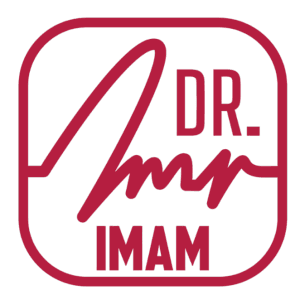Cardiomyopathy Introduction
Cardiomyopathy is a condition that affects the heart muscle, impairing its ability to pump blood efficiently. Symptoms may include fatigue, shortness of breath, swelling, and irregular heartbeats. Untreated cardiomyopathy can lead to heart failure, arrhythmias, and sudden cardiac death. Early diagnosis and treatment are essential to improve patient outcomes and quality of life.
Types of Cardiomyopathy
Understanding the type of cardiomyopathy helps guide treatment decisions.
Dilated Cardiomyopathy (DCM)
Enlarged and weakened heart chambers. Causes include genetic factors, viral infections, and chronic alcohol use.
Hypertrophic Cardiomyopathy (HCM)
Thickened heart muscle, often obstructing blood flow. Usually inherited and may lead to sudden cardiac arrest in young adults.
Restrictive Cardiomyopathy (RCM)
Stiff heart muscle limiting blood filling. Causes include amyloidosis, sarcoidosis, and radiation therapy.
Arrhythmogenic Right Ventricular Cardiomyopathy (ARVC)
Fatty or fibrous tissue replaces normal right ventricular muscle, leading to arrhythmias and increased risk of sudden death.
Goals of Cardiomyopathy Treatment
The main goals include improving heart pumping efficiency, reducing symptoms like fatigue and swelling, preventing arrhythmias and sudden cardiac death, slowing disease progression, and enhancing quality of life.
Medical Management
Medication is the first line of treatment for most patients.
Heart Failure Medications
ACE inhibitors (enalapril, lisinopril) reduce blood pressure and heart workload.
Beta-blockers (carvedilol, metoprolol) improve heart function and lower heart rate.
Diuretics (furosemide, spironolactone) reduce fluid retention.
ARBs are an alternative if ACE inhibitors are not tolerated.
Medications for Arrhythmias
Anti-arrhythmic drugs (amiodarone) stabilize heart rhythm.
Anticoagulants (warfarin, DOACs) prevent blood clots.
Hypertrophic Cardiomyopathy-Specific Drugs
Beta-blockers and calcium channel blockers reduce obstruction.
Disopyramide relaxes heart muscle in symptomatic patients.
Device-Based Therapy
For high-risk patients, devices may prevent complications.
Implantable Cardioverter Defibrillator (ICD) treats life-threatening arrhythmias.
Pacemaker coordinates ventricular contractions.
Cardiac Resynchronization Therapy (CRT) improves synchronization in heart failure.
Surgical and Interventional Treatments
Some patients benefit from procedures.
Septal Myectomy removes thickened heart muscle in HCM.
Alcohol Septal Ablation is a minimally invasive alternative for HCM.
Ventricular Assist Devices (VADs) provide mechanical support in severe cases.
Heart Transplant is considered for end-stage cardiomyopathy.
Lifestyle Modifications
Lifestyle changes improve outcomes.
Regular cardiovascular exercise tailored to tolerance.
Low-sodium diet to reduce fluid retention.
Maintain healthy weight.
Avoid alcohol and smoking.
Monitor for sudden weight gain or swelling.
Monitoring and Follow-Up
Lifelong monitoring is essential.
Echocardiograms to assess heart function.
Electrocardiograms (ECG) to detect arrhythmias.
Holter monitoring for continuous tracking.
Regular visits with a cardiologist.
Emerging Therapies
Recent advancements include gene therapy for inherited cardiomyopathy.
Mavacamten for obstructive HCM.
Stem cell therapy for regenerating damaged tissue.
Remote monitoring technology for early intervention.
Managing Complications
Complications include heart failure, arrhythmias, thromboembolism, and risk of sudden cardiac death. Medications, devices, and monitoring help manage these conditions.
Patient Education and Support
Patients should understand their condition and treatment plan.
Participation in cardiac rehabilitation programs improves exercise tolerance.
Support groups help cope with emotional stress and lifestyle changes.
Conclusion
Cardiomyopathy requires a comprehensive, individualized approach. With proper medication, devices, surgical interventions, lifestyle adjustments, and emerging therapies, patients can experience symptom relief, improved heart function, and enhanced quality of life. Early intervention, continuous monitoring, and adherence to treatment are key to long-term success
